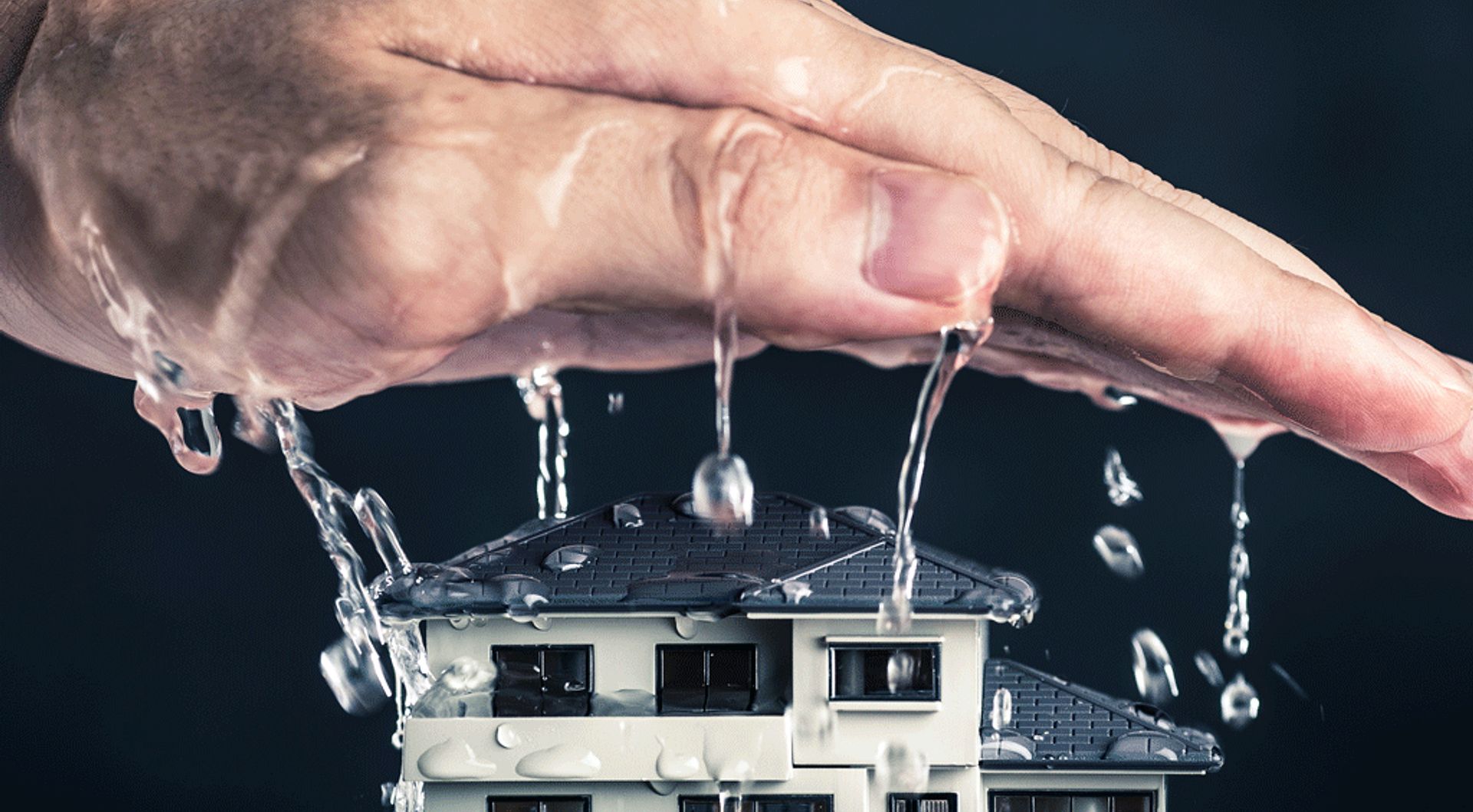Banish mold from your home by following the advice in this comprehensive guide. Say goodbye to health risks, damaged property, and expensive cleanup bills. Learn how to prevent mold growth, find and fix leaks, clean up after a flood, remove stains and odors, prevent mold growth on surfaces like wood and drywall, kill mold with vinegar and bleach solutions and much more!
Table of Contents
Understanding Mold:
Although mold can flourish in many environments, it thrives in moist places like bathrooms, kitchens and basements. It can spread quickly and release spores that trigger allergies, respiratory problems and other health issues. Knowing the type of mold and its cause is essential for successful removal.
Assessment and Preparation:
When it comes to mold removal, a thorough assessment of the affected areas is the first step. Inspect your property for visible signs of mold, such as discoloration, musty odors, or water damage. Wear protective gear — including gloves and masks — to avoid exposure to mold spores during the process. Once you’ve isolated the affected area and ensured proper ventilation, gather the tools and cleaning solutions necessary for effective mold removal.
Safe Mold Removal Techniques:
Dry out the affected area: Mold thrives in moist environments, so eliminating excess moisture is vital. Use dehumidifiers, fans, or proper ventilation to dry out the area before proceeding with removal.
Scrubbing and cleaning: Depending on the surface affected, use appropriate cleaning solutions like vinegar, hydrogen peroxide, or commercial mold cleaners. Scrub the mold-infested area thoroughly and ensure complete removal. Remember to follow safety instructions provided by the cleaning product manufacturers.
Removing porous materials: In severe cases, mold may penetrate porous materials like drywall, carpets, or insulation. In such instances, it’s often necessary to remove and replace these materials to eliminate mold completely.
Proper disposal: Seal all mold-infested materials and debris in airtight bags to prevent further contamination, then dispose of them safely. Consult local regulations for proper disposal methods.
Prevention strategies: Once the mold is removed, it’s crucial to prevent its recurrence. Maintain proper ventilation, fix any leaks or moisture issues, and use mold-resistant products in susceptible areas. Regular cleaning and inspections are key to early detection and prevention.
Seeking Professional Help: While small-scale mold removal can often be handled as a DIY project, extensive mold infestations or cases involving toxic molds may require professional assistance. Certified mold remediation experts have the expertise, tools, and knowledge to tackle complex mold situations safely and effectively.





